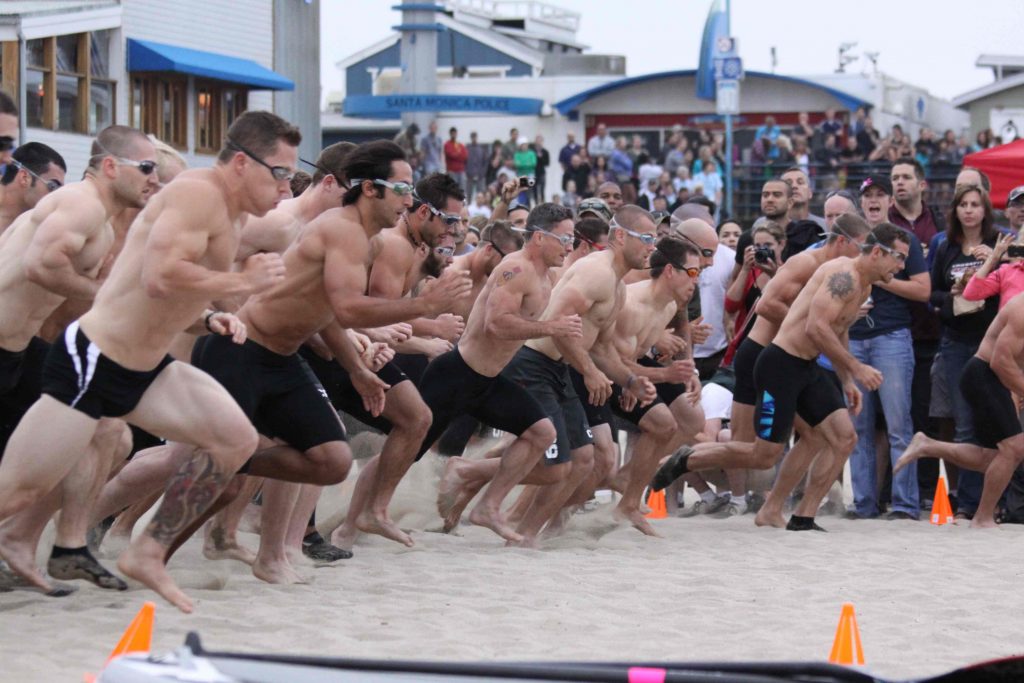
Swimming can feel like a deceptively gentle exercise at times. Whilst it’s true that you might struggle to get the same pump from a session in the pool as you would from a WOD in a CrossFit gym, swimming is still something every athlete should consider.
It combines resistance exercise and an aerobic workout, whilst helping with flexibility and muscle tone, and has a much lower risk of injury than the vast majority of other exercises. It’s also one of the most effective forms of exercise for people looking to lose weight, as long as swimmers observe some crucial guidelines.
Staying in the aerobic zone
Anyone looking for a fat burning exercise needs to stick to workouts that cause the body to function on an aerobic level. Aerobic exercise occurs when the body roughly remains at between 60% and 80% of the maximum heart rate. If exercise falls beneath this threshold, then chances are there’s not enough exertion occurring to make it an effective way to burn calories.
On the other hand, if the heart rate goes higher the body begins operating at an anaerobic level and begins burning carbohydrates instead of fat. Anaerobic exercise is good and provides better cardiovascular gains (whilst also burning some calories) but isn’t as effective for enabling weight loss. Given the high intensity of CrossFit workouts, swimming presents a great way to supplement your strength and conditioning gains attained in the Box with a less strenuous pace of exercise that can still be a great compliment to your regular workouts.
A simple means of figuring out where your aerobic zone lies involves subtracting your age from 220, and then generating 60% and 80% of the amount you’re left with. If you’re serious about swimming to lose weight, it can be a good idea to use a waterproof heart rate monitor when you begin swimming to judge the intensity you should be aiming for during a swimming session.
Chewing the fat
When pursuing an aerobic workout, the fat burning benefits of the exercise usually only becomes effective after about 20 minutes of aerobic exertion. This should be enough time for the body to use up the ambient carbohydrates in your metabolism and begin burning through fat reserves. Aiming for a few 30 minute swims a week (or more infrequent 60 minute sessions for experienced swimmers) should be enough to start generating perceptible weight loss progress.
If 30 minutes feels too strenuous, it’s fine to swim for shorter periods until you consistently build up your endurance over time. 60 minutes of swimming should be enough to burn off between 400 and 700 calories, depending on the speed you can maintain whilst keeping your heart rate within the band of aerobic exercise.
How swimming works
Water is 800 times denser than air. So it’s almost impossible to make any kind of movement in water without exposing muscles to some kind of resistance. This is what makes it such a good exercise for losing weight. Compared to other popular exercises designed to provide an aerobic workout, such as power walking or calisthenics, swimming gives you an opportunity to burn calories whilst also improving your health and fitness in a myriad of other ways, such as:
- Lung capacity: swimming has been proven to confer the best gains in lung capacity of any exercise relative to exertion, which can help keep your body stay oxygenated when working out and at rest.
- Flexibility: swimming allows for gentle movement of the joints, and water reduces the effects of gravity, which help mean the chances of injury are far reduced compared to other exercises like running or weight lifting that put a lot more pressure on your joints and ligaments.
- Muscle growth: by employing a variety of different strokes, swimmers can target practically every muscle group on the body. It also helps with balance, co-ordination and alignment, as the main strokes are all symmetrical, which makes it harder to overdevelop one side of the body and could even help with your form when it comes to the next WOD.
- Cardio: swimming can be as demanding as you want to make it. Whether you want a steady calorie burning aerobic pump or a high level cardio workout, you can set the pace to suit your fitness objectives.
Different strokes
There are five main swimming strokes, and all of them have particular strengths, depending on your fitness goals. It’s important to maintain good technique throughout to get the most from your swim sessions, so consider getting advice or lessons to improve your form. The main strokes are front crawl (or freestyle), backstroke, breaststroke and butterfly. Front crawl and butterfly are faster, more demanding strokes that are more likely to take your heart rate into anaerobic territory, whereas backstroke and breaststroke provide gentler exercise. Mix up your strokes to keep things interesting and help develop the different muscle groups that each stroke targets.
Swimming tips
- As long as you take things slow and swim regularly, you’re guaranteed to lose weight and get fitter. However, there are still some tips that are worth bearing in mind:
- Be wary of overeating after a workout. Perhaps due to the effectiveness of swimming in aiding weight loss, swimmers can often be especially hungry after a session, more so than after running or comparable exercise, so be vigilant about maintaining your weight loss gains.
- Much like CrossFit, high intensity interval training can help you get the most out of your swimming session. Start by doing one length as quickly as possible, then take the next at a gentler pace. As your endurance improves, you can start doing two fast lengths followed by a relaxed length, then three, and so on.
- When swimming breaststroke, take care not to kick out your legs too vigorously, as this is one of the only instances in swimming where there is the potential to incur joint injury. Push out with your lower legs instead.
- Wear a swimming cap, as it helps to reduce resistance and can speed up your times. Goggles may also be of use to help maintain direction when underwater.
Summary
Swimming is perhaps one of the best ways to effectively lose weight by pursuing an exercise that is safe, straightforward, and open to anyone regardless of their ability or current fitness level. As well as weight loss, it’s effective in improving almost every aspect of fitness, including cardiovascular development, muscle growth and toning, and overall wellbeing. Some studies have even shown that people who swim regularly can help turn back the clock on aging and maintain the body and metabolism of someone much younger.
While it may seem the like the polar opposite of a high intensity WOD, CrossFit has always espoused a multidisciplinary approach to fitness, and swimming combines so many benefits for achieving all over fitness that it deserves serious consideration as a supplementary exercise activity to your time in your CrossFit gym. Whatever your weight loss goals or current workout regimen, cycle in some regular swimming sessions and start enjoying the benefits right away.
Written by William Benetton.
William Benetton is a freelance writer and sportsman. Also he loves web-design, around five months ago he has created his first website. William cannot live without traveling, self-improvement and sweet coffee every morning.






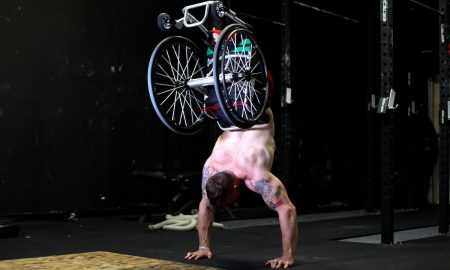
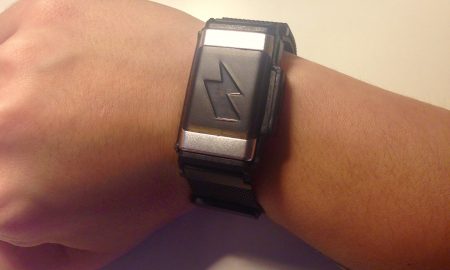
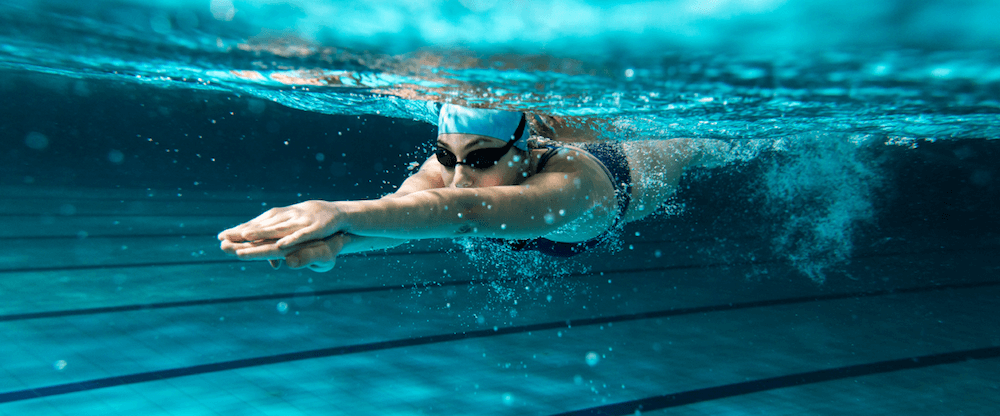
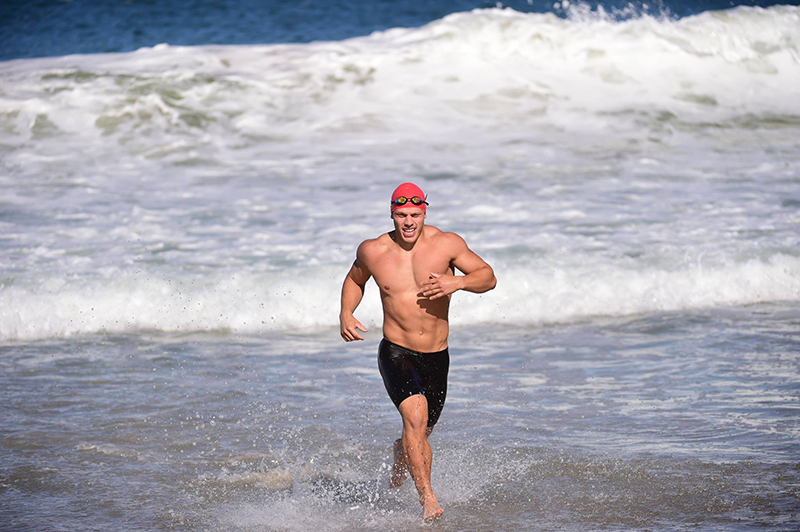










Follow Us